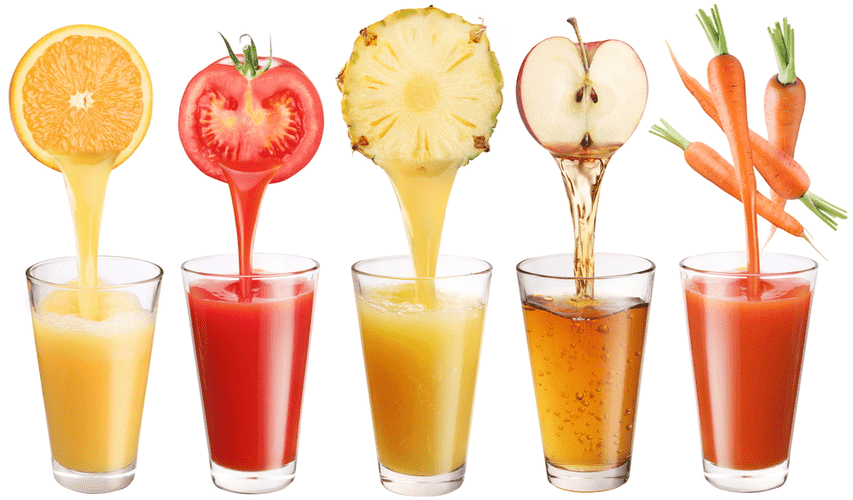We classified nine studies as having high risk of bias (Agewall 2000; Bau 2011; Buckman 2015; Dumont 2010; Fazio 2004; Karatzi 2013; Maufrais 2017; Rossinen 1997; Van De Borne 1997). Agewall 2000 measured blood pressure upon participants’ arrival and did not measure blood pressure after the intervention. The aim of Bau 2011 was to determine the effects of alcohol on heart rate variability, so study authors did not measure and report DBP. For Buckman 2015, blood pressure was recorded beat to beat continuously, but DBP was not reported. Dumont 2010 measured blood pressure during the RCT, but study authors did not provide the before and after measurement of DBP.
- Most of the included studies did not report the standard error (SE)/standard deviation (SD) of the mean difference (MD) for the outcomes of interest.
- There is a very clear link between regularly drinking too much alcohol and having high blood pressure.
- The World Health Organization (WHO) estimated that in 2012 around 3.3 million deaths worldwide were caused by alcohol abuse (WHO 2014).
- More research is needed to know if this could make a difference in heart health.
- The CDC notes it is impossible to know whether these health benefits are due to drinking low amounts of alcohol, or whether they are due to differences in genetics or behaviors of people who drink moderately compared with those who do not.
If you drink regularly you are at risk, especially if you’re over the age of 35. For example, some people who are on cholesterol-lowering medicines may experience muscle aches when they drink alcohol. Because alcohol and cholesterol medicine both are processed through your liver, they are, in a sense, competing for clearance. So, it’s important to think about your overall health and talk to a healthcare provider about your personal risk factors. Drinking alcohol to excess can cause other serious health conditions, such as cardiomyopathy (where the heart muscle is damaged and can’t work as efficiently as it used to) and arrhythmias (abnormal heart rhythms).
Reduce your risk of hypertension
If you drink alcohol, limit consumption to no more than two drinks per day for men and one drink per day for women. Generally, one drink equals a 12-ounce beer (5% content), 8-ounce malt liquor (7% content), a 5-ounce glass of wine or 1.5 ounces of 80-proof liquor. Researchers found that, after a year, participants with untreated prehypertension or hypertension had reductions in both systolic and diastolic blood pressure.

When necessary, we contacted the authors of studies for information about unclear study design. All extracted data were entered and double‐checked in RevMan 5.3 software (Review Manager (RevMan)). We included 32 randomised controlled trials involving 767 participants published up to March how does alcohol affect blood pressure 2019. Although these trials included adults from 18 to 96 years of age with various health conditions, most study participants were young healthy males. The authors found reductions in systolic blood pressure regardless of how much pomegranate participants drank or for how long.
Switch to non-alcoholic or low alcohol options
This review did not find any eligible RCTs that reported the effects of alcohol on women separately. Because women could be affected differently by alcohol than men, future RCTs in women are needed. If future RCTs include both men and women, it is important that their blood pressure and heart rate readings are reported separately. Although eligible studies included East Asian, Latino, and Caucasian populations, they lacked African, South Asian, and Native Hawaiian/other Pacific Islander representation. Most of the hypertensive participants in the included studies were Japanese, so it is unclear if the difference in blood pressure between alcohol and placebo groups was due to the presence of genetic variants or the presence of hypertension. Large RCTs including both hypertensive and normotensive participants with various ethnic backgrounds are required to understand the effects of alcohol on blood pressure and heart rate based on ethnicity and the presence of hypertension.
Several excellent reviews offer more detailed assessments of vascular cellular mechanisms (Cahill and Redmond 2012; Husain et al. 2014; Marchi et al. 2014; Toda and Ayajiki 2010). Another trend in recent studies of alcohol and CV risk and disease is to include a measurement for binge drinking. In most investigations, this means consuming more than 5 standard drinks on a single occasion for men and more than 4 standard drinks for women. NIAAA defines binge drinking as a pattern of drinking alcohol that brings the blood alcohol concentration to 0.08 percent or above.
Leave a reply







